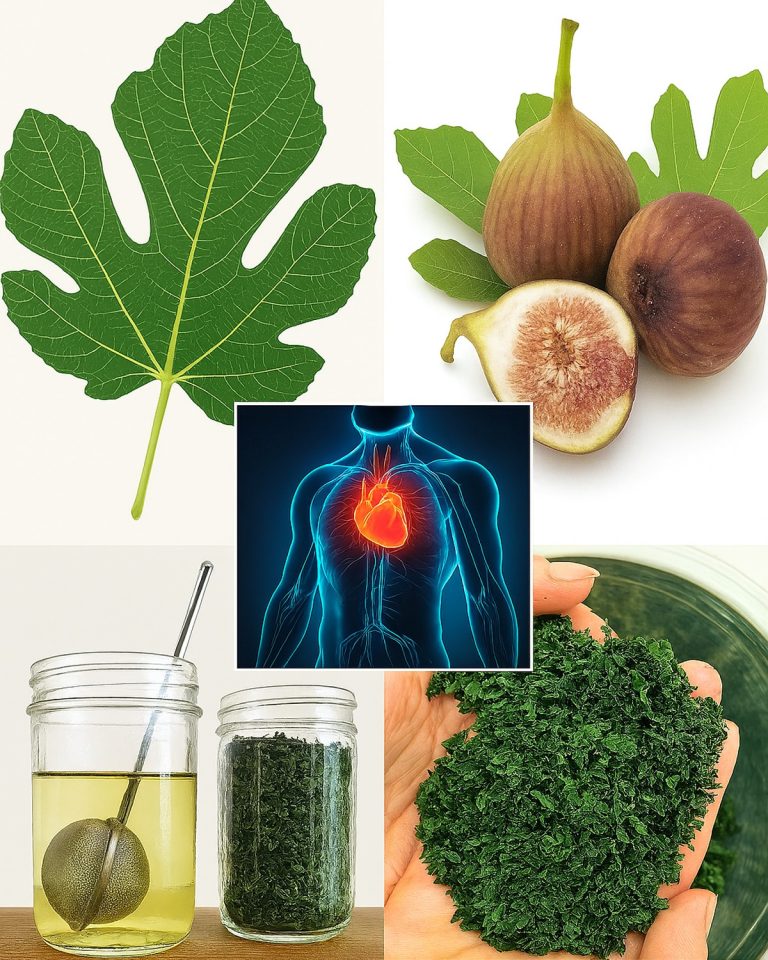ADVERTISEMENT
Introduction
Fig trees have long been celebrated for their sweet, luscious fruit—but did you know the leaves are equally valuable? Often overlooked and underused, fig leaves are packed with antioxidants, fiber, and anti-diabetic properties. They’ve been used in traditional medicine for centuries to help regulate blood sugar, reduce inflammation, and promote digestion. The best part? They’re not just medicinal—they’re culinary gold, too.
In this guide, you’ll learn how to transform humble fig leaves into flavorful, nourishing dishes that offer both health benefits and unique taste experiences.
Recipe 1: Fig Leaf Herbal Tea
Ingredients:
2–3 fresh or dried fig leaves, washed thoroughly
2 cups filtered water
Optional: honey, lemon, or cinnamon stick
Instructions:
Tear the fig leaves into large pieces.
In a small saucepan, bring water to a boil.
Add the fig leaves and reduce to a simmer.
Cover and let simmer for 10–15 minutes.
Strain into a mug and add sweetener or lemon if desired.
Recipe 2: Fig Leaf-Wrapped Fish
Ingredients:
2–4 large fig leaves (fresh, flexible, and pesticide-free)
2 fillets of white fish (tilapia, cod, or snapper)
1 tbsp olive oil
1 lemon (sliced)
Salt and pepper to taste
Optional: chopped herbs (dill, parsley, thyme)
Instructions:
Preheat the oven to 375°F (190°C).
Rinse and pat dry the fig leaves.
Place a fish fillet on each leaf.
Drizzle with olive oil, season with salt, pepper, and herbs.
Top with lemon slices and wrap the leaf around the fillet.
Secure with kitchen twine or place seam-side down on a baking dish.
Bake for 20 minutes or until fish flakes easily.
Serving and Storage Tips
Tea: Best consumed fresh, but can be stored in the refrigerator for up to 2 days.
Fish: Serve immediately with a side of steamed rice or greens. Leftovers can be stored in an airtight container in the fridge for up to 2 days.
Variations
ADVERTISEMENT
